

The Seaver team takes a break for the holidays
Orders placed between December 24 and January 5 will be shipped starting January 6.
Wednesday, April 17, 2019
As in humans, some horses suffer from stress, which can have serious consequences. consequences. Notably on their physical condition, emotional but also physiological. In this article we will look at how we can detect the main signals that indicate the presence of stress in your horse. We'll explain what to do when your horse shows signs of anxiety or fear on competition day. Finally, we'll detail how using a Seaver connected sensor can m犀利士 esure and detect stress in your horse.
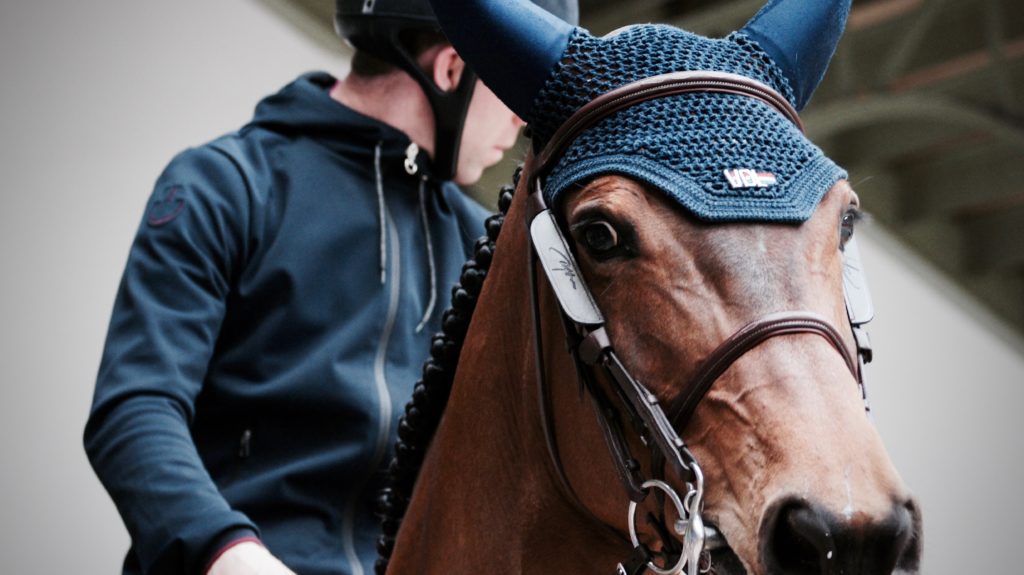
In competition horses, stress can lead to a loss of immediate loss of performance performance by affecting its ability to concentration. It can lead to stiffness and contractions contractions. This will make it difficult for the rider to perform or ultimately reduce the chances of performance.
Stress can be both necessary and a source of adrenalin for both horse and rider. In this case, the horse is " alert ". His senses are heightened and he pays particular attention to the new environment in which it is evolving, as well as to the work required of it.
This changes when the stress level is too high, or when the horse proves to be particularly sensitive. Stress then becomes a negative factor and harmful factor that needs to be detected and treated.
When a horse experiences stress on a regular basis and over relatively long periods of time (hours, half-days, days, etc.), it is very common for it to develop signs of ulcers, weight loss or various tics. These pathologies take different forms, but all have immediate and long-term consequences on thephysical integrity of the horse athlete.
Measuring stress in human athletes is no easy task. Yet human beings have the ability to speak and the analytical capacity to identify and gauge their emotions. If stress is an impalpable emotion and difficult to measure in humans, the task is even more complicated in horses.
Various studies have shown a correlation between stress in a horse and its cortisol levels.
Fecal fecal cortisol and plasma cortisol have been shown to be indicators of malaise and well-being well-being. For example, analysis of a saliva sample or blood sample provides precise information on the degree of stress felt by a horse at any given moment. The sample must be taken at the time of the stressful event, within a short timeframe.
This method represents a number of constraints (availability, sending the analysis, response time, etc.). The cost is such that it is obviously not possible to undertake it on a regular basis.
Other factorsin particular physiologicalallow an "emotional emotional "of the horse. This will identify anxiety, stress, fear or discomfort.
The development of behavioral disorders (tics), unusualunusual sweating or even occasional lack of appetite (the horse refuses to eat its ration) are important signs of anxiety and stress.
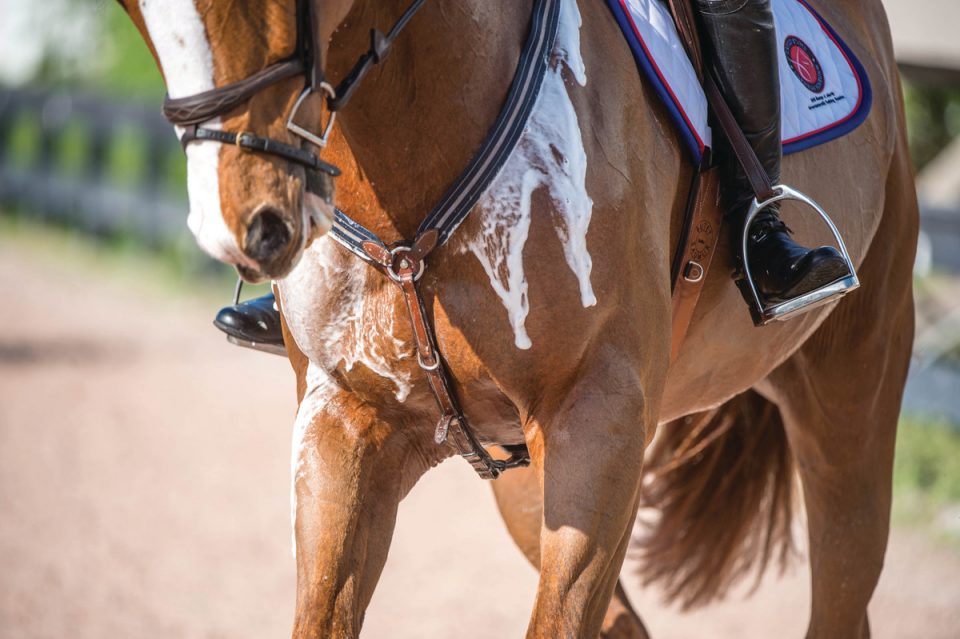
L'increased heart rate is also a factor that reflects the horse's anxiety. Stress is easily recognized by analyzing the horse's heart rate. When the intensity of the work required of the horse is not increased (the gait is maintained, no particular effort is required) and a peak in its heart rate is observed, the horse is under stress. peak in heart rate, i.e. a sudden and significant increase, this peak marks a stressful event.
To reduce the horse's feeling of discomfort or stress, it is necessary to desensitize. This means getting him used to the elements to which he will be subjected and constrained on the day of the competition.
This habituation or desensitization begins by getting the horse used to travelling traveling regularly and for short, comfortable journeys. You may decide totake the horse for a walk in a new placeor change the meadowor work in a different setting for a session. This way, your horse will be used to riding in a van or truck. This will be done for a short time and with a pleasant outcome.

In the same way soundsmusic musicmusic sub-base or banners colorful or the paddocks are all unusual and potentially worrying elements for your horse.
If you have the opportunity, don't hesitate to take your horse outside your usual structure. This will enable him犀利士 progressively accustom to discovering new environments. These are often noisier and more hectic than he is used to on a daily basis.
The rider's attitude is crucial when dealing with a stressed horse.
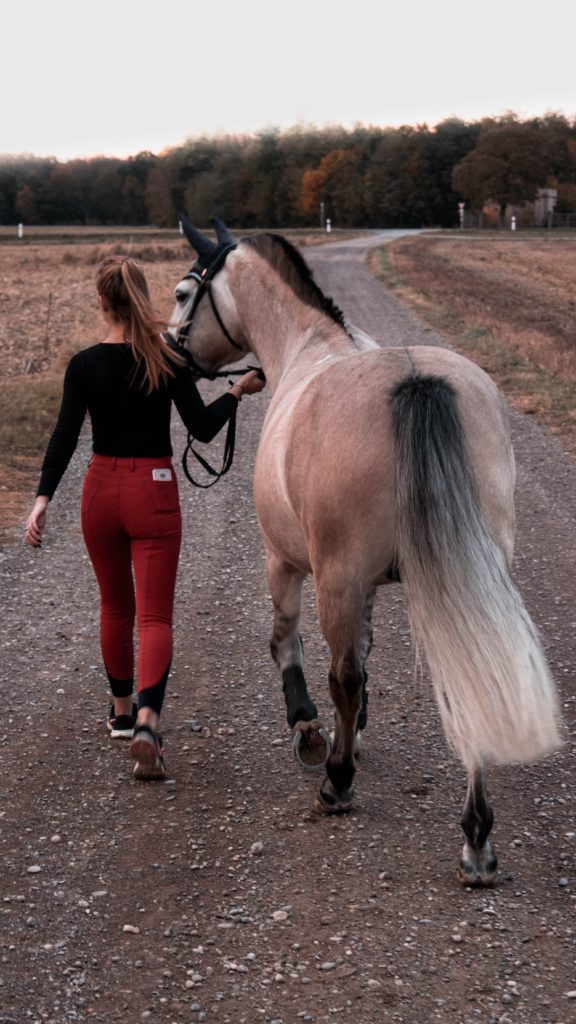
The rider must be in the same mood as the other days in order to become a real landmark for the horse. A stressed rider becomes a real stress catalyst for his horse.
In addition, many complementary feeds are now available on the market to anticipate and inhibit stress in horses. These supplements non-doping promote relaxation and calm. They are an additional tool to help the horse experience competition in a calmer way.
Thanks to its remote electrodethe Seaver sensor provides real-time the heart rate of a horse of a horse. You can therefore continue to monitor the evolution heart heart rate during your warm-up. You can check your horse's heart rate at regular intervals on your app. To find out more about our heart rate feature: https://seaverhorse.com/comprendre-la-fonctionnalite-seaver-frequence-cardiaque/

A measurement at rest (with your Seaver connected strap and on your Seaver app will allow you to better analyze and interpret the changes of heart rate your horse's heart rate while exercising or on the move (transport, etc.).
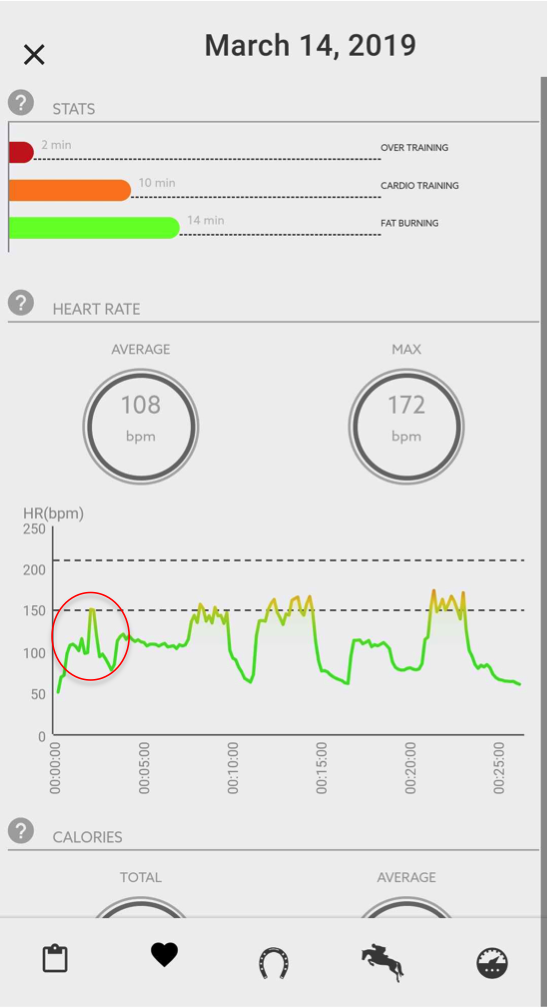
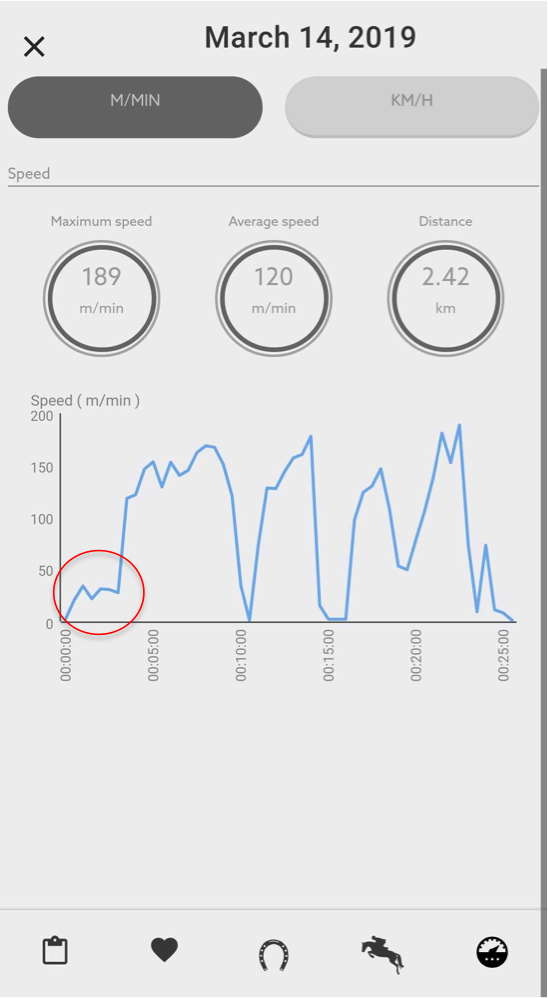
On the heart rate graph above, obtained with our Seaver strap, we can see an unusual peak at the very beginning of relaxation (around 2min). unusual peak while the mare is walking at a fairly slow pace. Her heart rate of around 100 bpm increases rapidly to 150 bpm, then drops again. This peak marks a stressful event event for the mare; in this case, the passage of a motorcycle at high speed a few metres from the quarry.
When your horse is stressed and you observe an abnormal increase in heart rate abnormal increase in heart rate, take a few moments to let him breathe and let him analyze and understand the environment in which he finds himself. You can talk to him or stroke to remind him that you're a trusted reference for him.
It is essential to be able to detect stress episodes in order to provide the best possible solution to prevent the onset of various disorders or pathologies (colic, bleeding, loss of condition, etc.).
See you soon for a new article 🙂
The Seaver team